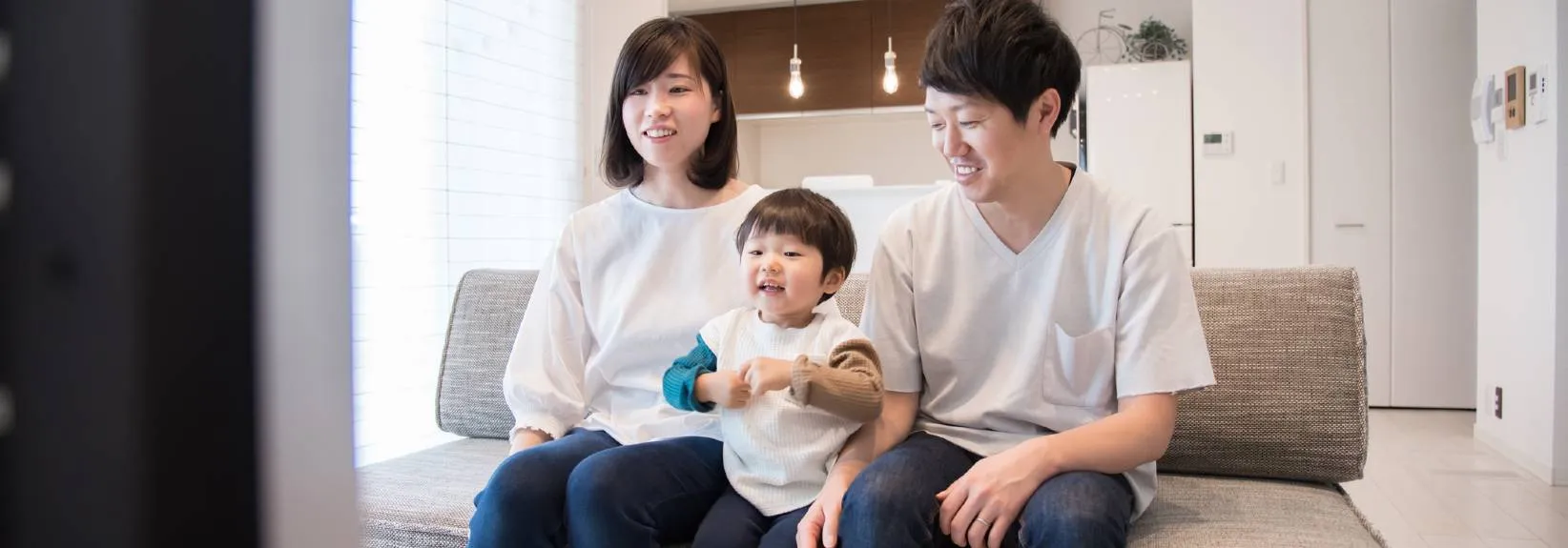How Do UV Lights for HVAC Systems Work?
When you think of ultraviolet light, you may think of getting sunburned after a long day at the pool. And yet, UV light is also a strategy for increasing indoor air quality. Sunscreen safeguards against UVA and UVB rays, but UVC is the type of light found in air purification. If you deal with allergies or asthma or hope to minimize the dispersal of illnesses throughout your home, a UV light installed in your HVAC system can be the air quality solution you’ve been searching for!
How Does a UV Light Function?
The germicidal effects of ultraviolet light have been known for more than 100 years. UVC rays were initially applied to treat tuberculosis. These days, germicidal lamps are implemented in hospitals, food processing centers, water treatment plants and air purification equipment. A UV lamp placed inside your HVAC unit improves the air quality in your home by wiping out microorganisms like bacteria, viruses, mold and more. It usually requires 10 seconds of contact to affect these germs’ DNA, killing them or blocking them from replicating. UV lights also combat volatile organic compounds (VOCs) used in cleaners and repellents on top of airborne bioaerosols like pollen and pet dander. Still, UV lights don’t actually ‘trap’ contaminants, so you still need an air filtration system to capture dust, fibers and other particles from your home’s air supply.How Successful Are UV Lights?
Provided they are installed properly and utilize the right wavelength of UV light, germicidal lamps are remarkably effective at improving indoor air quality. One study out of Duke University illustrated that UV light deactivated more than 97 percent of drug-resistant bacteria from the air in hospital rooms. Another analysis noted “significantly lower” fungal levels in a commercial building’s HVAC system after four months of using a UV light.Benefits of UV Lights
Install an ultraviolet lamp in your HVAC system to take advantage of these benefits:-
- Cleaner indoor air: UV light technology disinfects the air 24 hours a day without introducing chemicals into the environment. As opposed to some air purifiers, ultraviolet lamps don’t create ozone, an infamous lung irritant that can be harmful to people with asthma, allergies or prolonged lung conditions.
-
- Decreased likelihood of getting sick: When used in tandem with good personal hygiene, germ-killing UV lights can minimize the risk of contracting viral and bacterial infections.
-
- A layer of protection for your HVAC system: Mold, fungi and bacteria can clog up your heating and cooling equipment. Keep the system working reliably and efficiently with a hard-working UV light.
-
- Smaller HVAC maintenance and repair bills: With an inherently cleaner central HVAC system, you enjoy more manageable maintenance requirements and minimal need for emergency repairs. These savings can help offset the cost of using a UV light and replacing the bulb.

